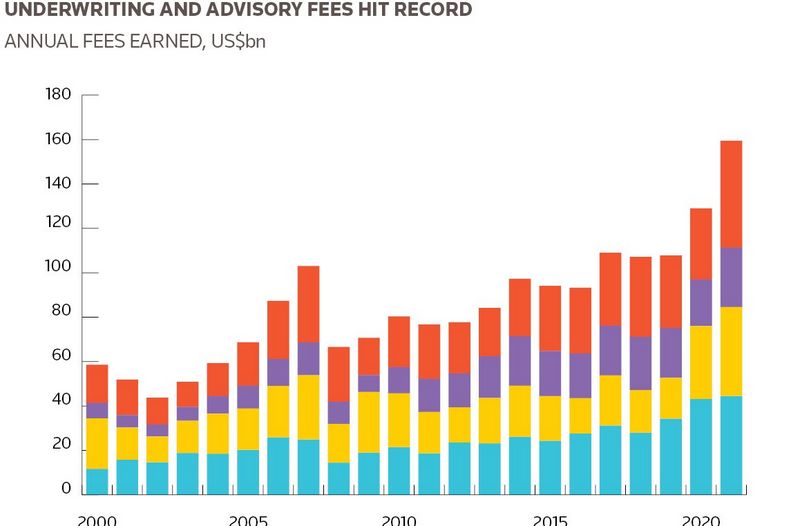![]()
![]()
To see the digital version of this report, please click here
To purchase printed copies or a PDF of this report, please email leonie.welss@lseg.com
There are new features available.
View now.
Search
There are new features available.
View now.
Search
![]()
![]()
To see the digital version of this report, please click here
To purchase printed copies or a PDF of this report, please email leonie.welss@lseg.com
Barriers to automating or digitising workflow in primary bond markets are well known to anyone in the business, where the standing joke is that the biggest change over the past 30 years has been the introduction of email. Yet things are changing. Slowly. “There is progress. The challenge is that the process of launching a new bond consists of many different parts, and we’re seeing different players looking to address and automate some of the issues that arise during the different stages of that process,” said Gabriel Callsen, secretary to the...
A year on from the UK officially leaving the EU, banks are preparing for greater upheaval as the European Central Bank begins to take an increasingly tough line towards banks moving more staff and infrastructure to the European Union. But nearly six years after the 2016 Brexit referendum – and after a huge amount of effort to position the banking industry for a brave new world – it is far from clear what is to come. “Brexit has just started. All banks were reasonably well prepared for the end of 2020 Brexit deadline but a lot of the work is...
2021 looks set to go down in history as the year that the US and its financial industry finally got serious about environmental, social and governance finance. During president Joe Biden’s first week in office, the world’s biggest economy and second-biggest polluter rejoined the Paris Agreement and created and filled new posts for national climate adviser and US special presidential envoy for climate. The year carried on with the Federal Reserve, Treasury Department and Securities and Exchange Commission appointing senior officials with pro-ESG...
The International Finance Corporation opened the Masala bond market in 2013 following severe stress in India’s capital markets as a result of concerns about the country’s budget deficit and the “taper tantrum” prompted by the US Federal Reserve’s announcement that it was reducing its quantitative easing programme. The ensuing capital flight spurred a nosedive of the rupee and, against a backdrop of panic, the IFC and the Indian government discussed measures to deepen rupee capital markets. The Masala market was one result. The received...
It’s all change at the Tokyo Stock Exchange, or at least it will be on April 4. But opinion is divided about whether the planned upheaval will do enough to inject new life into one of the duller corners of the world’s equity markets. Japan Exchange Group, which was formed in 2013 through the merger of Tokyo Stock Exchange and Osaka Securities Exchange, is to simplify the TSE, cutting the five market sectors to three. The current First, Second, and Mothers sections, and the two sub-sections of Jasdaq will be split into Prime, Standard and Growth...
All websites use cookies to improve your online experience. They were placed on your computer when you launched this website. You can change your cookie settings through your browser.

